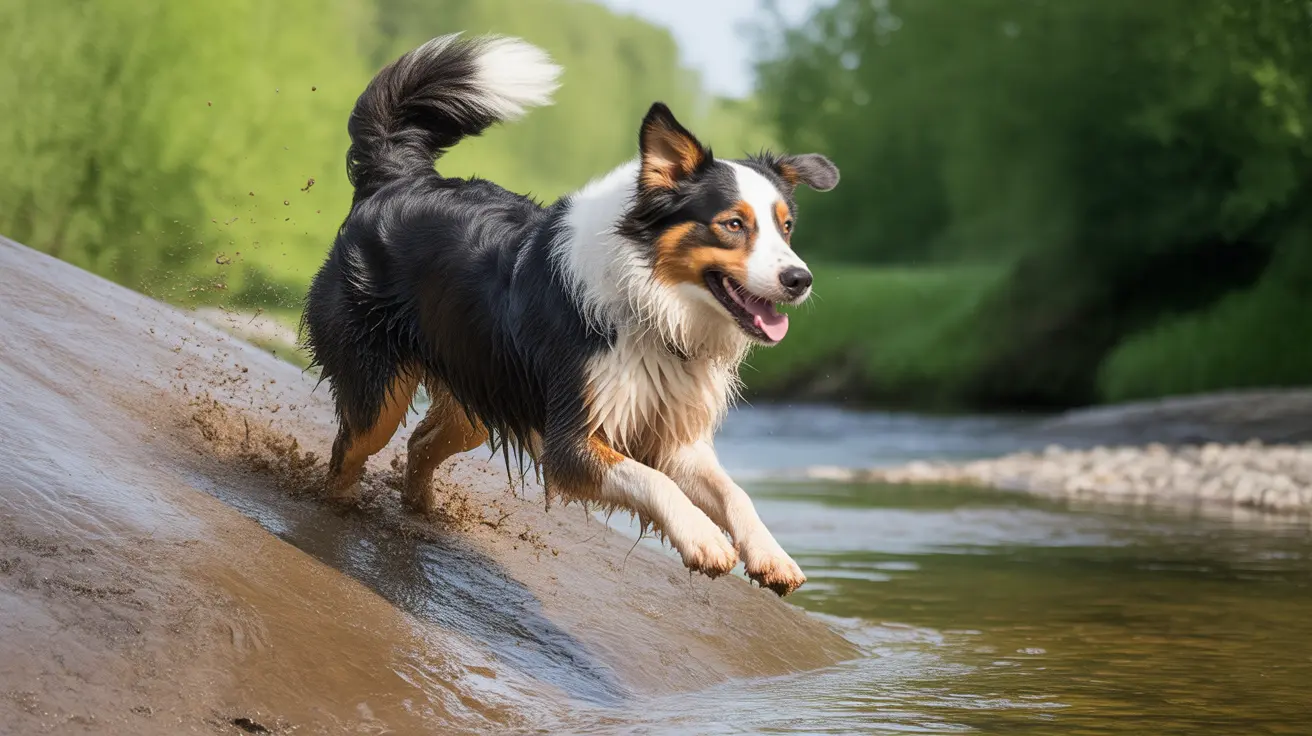How Police Dogs Are Trained to Bite: Precision and Purpose
Police dogs, also known as K-9s, are highly trained to assist law enforcement in a variety of situations, including suspect apprehension, detection of drugs and explosives, and search-and-rescue missions. One of the most critical aspects of K-9 training is teaching the dog where and how to bite during an apprehension.
The Purpose of Bite Training
Bite training is critical for police dogs that serve in patrol or dual-purpose roles. These dogs are trained to pursue and subdue fleeing or aggressive suspects without causing unnecessary harm. The goal is control, not injury. Proper training ensures the dog can effectively disarm and immobilize a suspect while minimizing the risk to all parties involved.
Where Police Dogs Are Trained to Bite
Police K-9s are trained to bite specific areas of the body that are less likely to cause permanent injury, yet deliver effective control. These areas typically include:
- Arms: Common due to the widespread availability during apprehension and reduced risk of fatal injury.
- Legs: Especially the thighs or calves, which allow the dog to stop movement effectively.
- Torso: Occasionally targeted if limbs are inaccessible, but this is less common due to higher risk.
These bite locations are chosen intentionally, both for safety and reliability, and dogs are conditioned to avoid targeting sensitive or dangerous areas like the head or neck.
Controlled and Commanded Biting
Police K-9 handlers give commands to the dog to initiate or release a bite. These commands are typically delivered in the language the dog was originally trained in (e.g., German or Dutch), and the handler learns to use them precisely. This ensures the dog only acts on cue, helping reduce the risk of unintended aggression.
Training Components for Bite Work
Bite training includes several key elements to make sure dogs are both disciplined and effective during operations:
- Obedience training: Foundational commands like sit, stay, recall, and heel must be mastered before introducing bite work.
- Bite development: The dog is taught to bite and hold using padded sleeves or full-body bite suits to target specific areas.
- Apprehension: Dogs learn to pursue suspects and perform controlled bites to immobilize them.
- Handler protection: Training includes scenarios where the dog must defend the handler from threat.
Regular maintenance training ensures these skills remain sharp, with many departments organizing daily practice and weekly refreshers.
The Role of the Handler
Handlers play a central role in the success of bite training. They must be experienced law enforcement professionals who undergo extensive training themselves. This relationship is deeply built on trust, consistency, and mutual respect.
Handlers are trained to:
- Maintain full control of the dog during deployment
- Use command language effectively
- Ensure the dog’s bite is released immediately upon command
- Understand canine behavior and stress responses
Legal and Ethical Standards
Bite training is governed by strict legal and ethical standards. Dogs may only be deployed under specific circumstances where the use of force is justified. Their use must conform to departmental policies, which are designed to protect both the suspect and the K-9 unit.
Training records are meticulously maintained to ensure legal compliance and accountability. If a bite incident occurs, these records might be reviewed in court to establish whether procedures were properly followed.
Health and Psychological Effects
Bite training also considers the dog’s health. Protective equipment and training protocols are used to prevent injuries during practice. Additionally, dogs are continuously monitored for signs of stress or overwork. Patrol dogs typically serve for 6–9 years and are often retired to live with their handler afterward.
Common Misconceptions
Despite their bite training, police dogs are not inherently aggressive. Each dog is carefully selected for temperament—high focus, courage, and sociability. When off-duty, dogs are typically very friendly and live in a home environment with their handler’s family. They’re trained to ignore other animals and only respond to direct, intentional commands.
Conclusion
Yes, police dogs are trained where to bite—and this training is thorough, humane, and rooted in control and safety. From training methods to everyday responsibilities, K-9 units exemplify a seamless balance between instinct and obedience. These disciplined canines not only help apprehend suspects but also protect their communities and handlers with unwavering loyalty.





